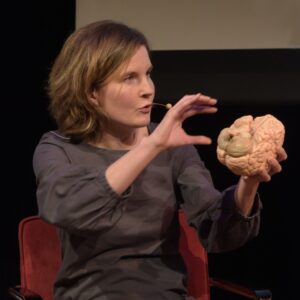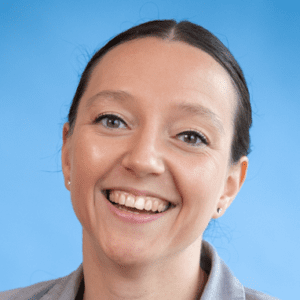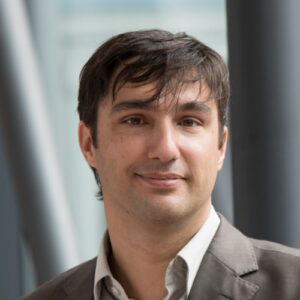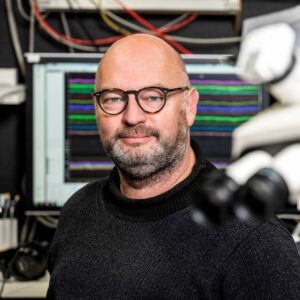De Zeeuw Group
Cerebellum: Coordination & Cognition

Cerebellum: Coordination & Cognition
The group of Chris de Zeeuw focuses on the role of the cerebellum in sensorimotor integration and cognition. We aim to understand how cerebellar processing contributes to motor learning of both relatively simple reflex tasks and complex preparatory tasks.
Initially, researchers thought that the cerebellum was only involved in our motor skills. It has turned out that it does much more than that: it also controls the cerebrum. This means that the cause of – and the solution to – certain disorders may lie not only in the cerebrum, but also in the cerebellum. We now know, for example, that epileptic seizures can be stopped by electrical stimulation of the cerebellum at specific points.
‘The most important aspect of my recent research is the discovery of how the cerebellum ensures that the cerebrum makes the right decisions,’ says De Zeeuw. A well-functioning cerebellum does this by strengthening or weakening the activity of different parts of the cerebrum at the right moments. The olive probably plays a key role in this. The olive in the brain stem is made up of brain cells that are good at detecting whether an event is expected or unexpected. Based on this, it determines at which moments the cerebellum should fire more strongly or more gently, explains De Zeeuw. This alternation ensures that the cells that are under the influence of the cerebellum, such as certain cells in the brain stem or the cerebrum, are slowed down or activated at the right moment. This is important for learning new things; it teaches us how to cope better with future unexpected situations.
So the cerebellum takes care of the fine-tuning of the cerebrum, but does so less well when there is something wrong with it. De Zeeuw: ‘A damaged cerebellum can be the basis for disorders such as epilepsy and autism, in which too many cerebellar cells at once are either too active or too inhibited. In epilepsy, this results in a ‘short circuit’ in the brain, which results in seizures. De Zeeuw’s research in mice shows that autism involves cognitive inflexibility – something that manifests itself in repetitive behaviour – and disturbed social communication. Mice in which genes associated with autism had been deliberately altered showed these two forms of typical autistic behaviour.
‘Treating autism is still difficult at the moment, because the problem occurs early on in development,’ says De Zeeuw. It is easier to treat epilepsy. ‘When medication no longer works, epileptic seizures can be stopped by stimulating the nuclei of the cerebellum,’ he says, on the basis of research in epileptic mice. ‘This involved inserting electrodes into the cerebellum in these mice, We therefore know where to place them in patients, and when and how much to stimulate them to stop an epileptic seizure.’ The results of the mouse study are so convincing that this type of surgery is now also being performed experimentally on some severely epileptic children between the ages of 6 and 14, for whom medication does not work.
Because surgery is a very invasive procedure, the possibility of stopping epileptic seizures with ultrasound is now being investigated. This uses sound to measure and influence brain activity. De Zeeuw: ‘That really is a breakthrough. It can already be done in small children through the fontanel and we have technical proof of principle that we can also measure and stimulate activity through the skull. We will continue to work on this in the coming years. It would be great if it succeeds, because that would also open up additional possibilities for research into autism and its treatment.’

PhD student
See profile
Postdoc
See profile
PhD student
See profile
Technician
See profile
PhD student
See profile
PhD student
See profile
PhD student
See profile
Postdoc
See profile
Postdoc
See profile
Department head
See profileAt the moment, there are no vacancies within this group
Show all vacancies
"*" indicates required fields
"*" indicates required fields
You can also transfer your contribution to NL76 INGB 0002 1673 78 in the name of ‘Stichting Vrienden van het Herseninstituut’
The Friends Foundation facilitates groundbreaking brain research. You can help us with that.
Support our work